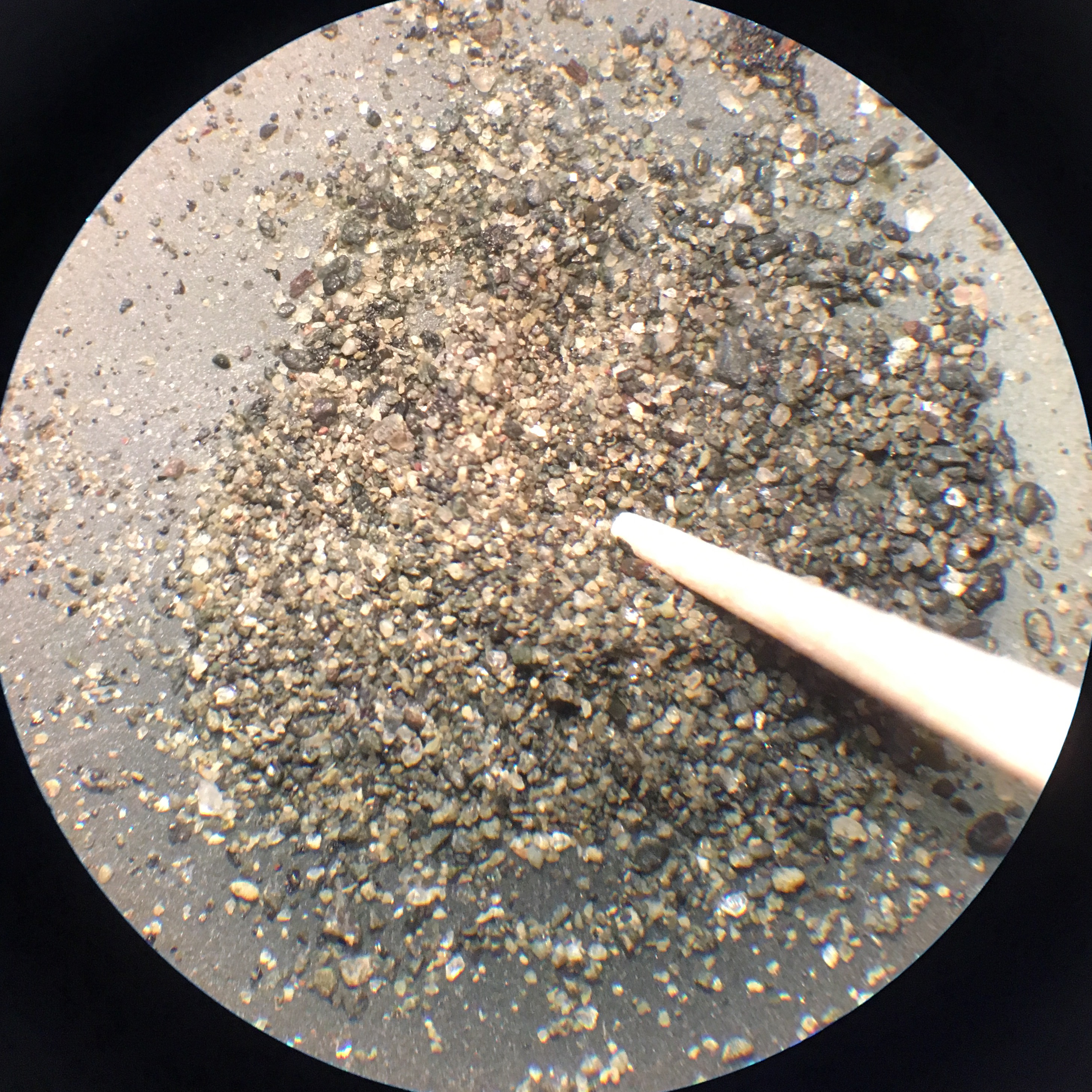| AUTHOR | Dr. Marc Fries | POSTED | 8/17/2018 |
| AUTHOR | Dr. Marc Fries |
| POSTED | 8/17/2018 |

Greetings from the ARES team! We have set up this method for adding updates to the meteorite fall descriptions and will add notes as developments occur.
This is Dr. Marc Fries writing, and I'd like to offer an update on the 07 March 2018 fall off of the Washington coast. I was fortunate to join the crew of the E/V Nautilus from the Ocean Exploration Trust, along with NOAA ocean experts from the Pacific Coast National Marine Sanctuary, for a short expedition to try to recover meteorites from this fall. We searched the meteorite fall site with Remotely Operated Vehicles (ROV's) capable of recovering meteorites and sea floor samples. Over the course of a one-mile transect across the seafloor, we collected seven samples of sea floor sediment to search for meteorite fragments. Unfortunately, because the sea floor was soft, any large meteorites must have sunk into the surface and we did not recover any large pieces.
The seven samples have been cleaned (by that I mean, had all the organic sea floor material washed out), sorted by size, and carefully dried for analysis. Samples were analyzed using a Raman spectrometer (which reveals the mineral phases present in a sample) and Scanning Electron Microscopy and Electron Dispersive Spectroscopy (SEM/EDS, which reveals the shape and elemental composition of a sample). The largest material was examined first. First off, I familiarized myself with the native seafloor material, or what should be in the samples. Once I understood what should be there, I searched carefullly through the material for anything that looked out of place.
A few things stood out as "different". In the largest sized material, there were several small stones with a black coating and a gray/green, fine-grained interior. This is a textbook description of meteorites (like this one, for example: https://www.meteorite-times.com/Back_Links/2002/May/Meteorite_of_Month.htm). Unfortunately, these turned out to be local rocks that are high in carbon and produce a dark, carbon-rich rind as they age.
Another thing that stood out were "cosmic spherules" (https://en.wikipedia.org/wiki/Micrometeorite#/media/File:Light_microscope_images_of_stony_cosmic_spherules.png ) or melted spheres that form when meteorites melt from falling into the atmosphere. Also unfortunately, closer inspection at ARES showed that they are magnetite grains from the local rocks that have been rolled around on the seafloor until they formed spheres.
Another type of "different" material is a bunch of rusty little chunks. I mounted all of these up for an SEM/EDS run, and found that they have a composition best explained as rusted, low-carbon steel. This is debris from human-made material, unfortunately, and not meteorites. Steel contains more manganese than is typically found in meteorites, and is lacking the nickel normally found in meteorite metal.
I also found a tiny piece of antracite coal, but I'll describe that in an upcoming update. That one comes with a fun story.
To date, I've examined about 80% of the sediments, and unfortunately have not found any meteorite debris. While I'm disappointed, I'm not finished examining the material. Also, it is what it is - accurate reporting of results is one of the cornerstones of good science, and if I don't find anything then we will learn from that. One of the best things about science is that, if you do it correctly by proposing hypotheses and testing them, you can move forward with a disproven hypothesis as well as with a proven hypothesis. In some ways, a disappointing result can be more fruitful than a proven hypothesis, because proving a hypothesis solidifies your preconceptions but a disproven hypothesis forces you to go back to your original notions and examine them closely. More than once, scientists have made substantial breakthroughs as follow-on work from an initial disappointment.
So where it stands right now, I will finish examining the remaining material and then reassess, whether meteorite material turns up or not. Stay tuned...